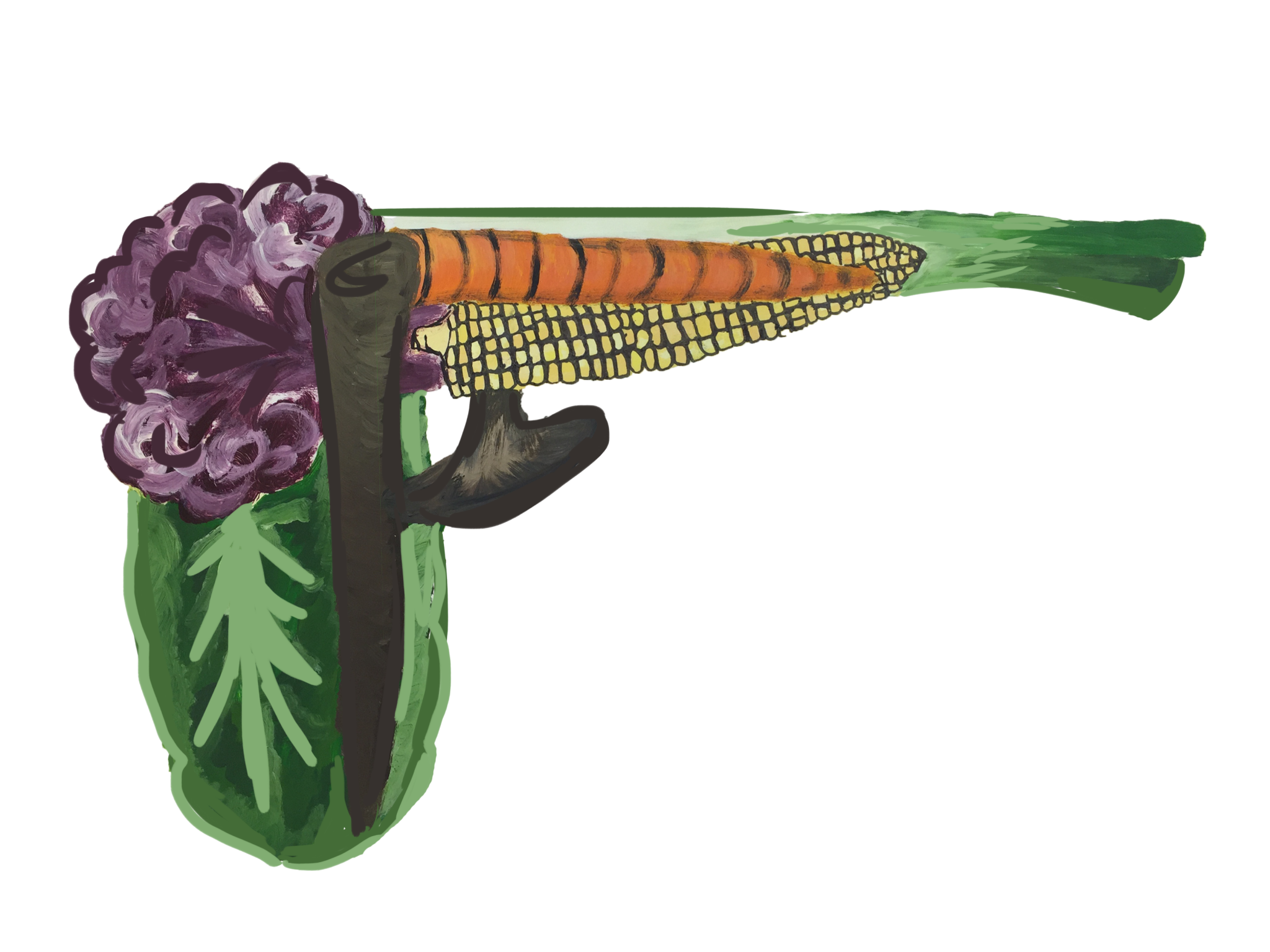President Barack Obama’s keynote address to the International Association of Chiefs of Police last month at McCormick Place drew headlines for his attempts to find common ground between law enforcement bosses and an American public that has become increasingly critical of them.
But the president was unambiguous in condemning gun violence in his adopted city of Chicago, particularly in its most resource-starved neighborhoods.
“It is easier in some communities [in Chicago] to find a gun than it is to find some fresh vegetables at a supermarket,” he told the gathering. “That’s just a fact.”
It’s a bold, tidy claim that shines a light on two of the city’s pressing public health issues in one fell swoop.
But is it really easier to find a gun in some areas of Chicago than it is to buy fresh vegetables? Conclusive evidence backing the President’s statement, it turns out, is hard to come by.
When reached for comment, the White House stood by the President’s claim, pointing to articles from Chicago public radio station WBEZ and Al Jazeera America that focus on gun accessibility in the city. Both articles, however, rely mainly on anecdotes to show how easy it is to purchase a gun in some areas of the South Side.
“If you want a gun, you can just go get a gun,” South Side anti-violence advocate Diane Latiker told Al Jazeera, comparing the act of purchasing a gun to that of buying chewing gum. “You got the money? You can get a gun.”
It’s important, however, to note that “accessibility” is difficult to measure, particularly when it comes to guns. Chicago is undeniably rife with firearms—Police Superintendent Garry McCarthy recently claimed that his officers confiscate an illegal gun once every seventy-two minutes, on average—but data on gun purchases in the city is scant, in large part because most guns in Chicago are first purchased in other states, many of which have weaker gun laws.
The best and most recent data on how Chicago criminals get their guns comes from a study published this summer conducted by researchers at Duke University and the South Side’s own University of Chicago Crime Lab, including nationally renowned health policy expert and UofC professor Harold Pollack.
Through interviews with 99 male inmates at Cook County Jail, the study found that most of the guns they had access to were secured not through a store or theft, but through a network of social connections. So acquiring a gun in the city isn’t as simple as making a purchase.
Pollack, on behalf of the Crime Lab, declined to comment for this article.
The city’s issues with “food deserts”—which the city defines as census blocks “located more than a mile from from a retail food establishment licensee with a business location larger than 10,000 square feet”—are also well documented. When the city last released data on food accessibility in 2013, just under 80,000 low-income Chicagoans lived in such areas, down over 20,000 from two years before. Mayor Rahm Emanuel has attempted to reduce that number even further.
The mayor’s administration has heavily promoted urban farms and farmers’ markets as a way to provide more fresh fruits and vegetables to otherwise underserved communities, as a feature in the Weekly this past spring explored in depth.
There is no doubt that gun violence has taken a devastating toll on the city, especially in recent years. And tens of thousands of Chicagoans still live in city-designated food deserts. But little data exists either to support or refute the president’s assertion that guns are somehow more accessible than fresh vegetables in some Chicago neighborhoods. As guns and produce change hands in very different ways, there is no appropriate metric with which to pit the two against each other.
That may be enough for some to question whether or not the the claim is, as the president himself said, a “fact.”

